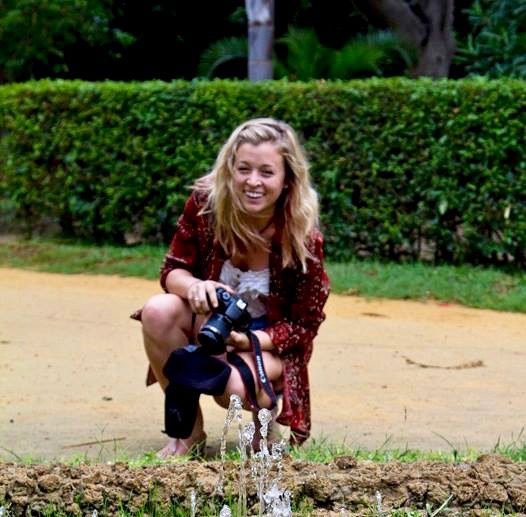If Shanghai is China’s New York City, Beijing is most definitely China’s Washington D.C., but, of course, with significantly more ancient history.
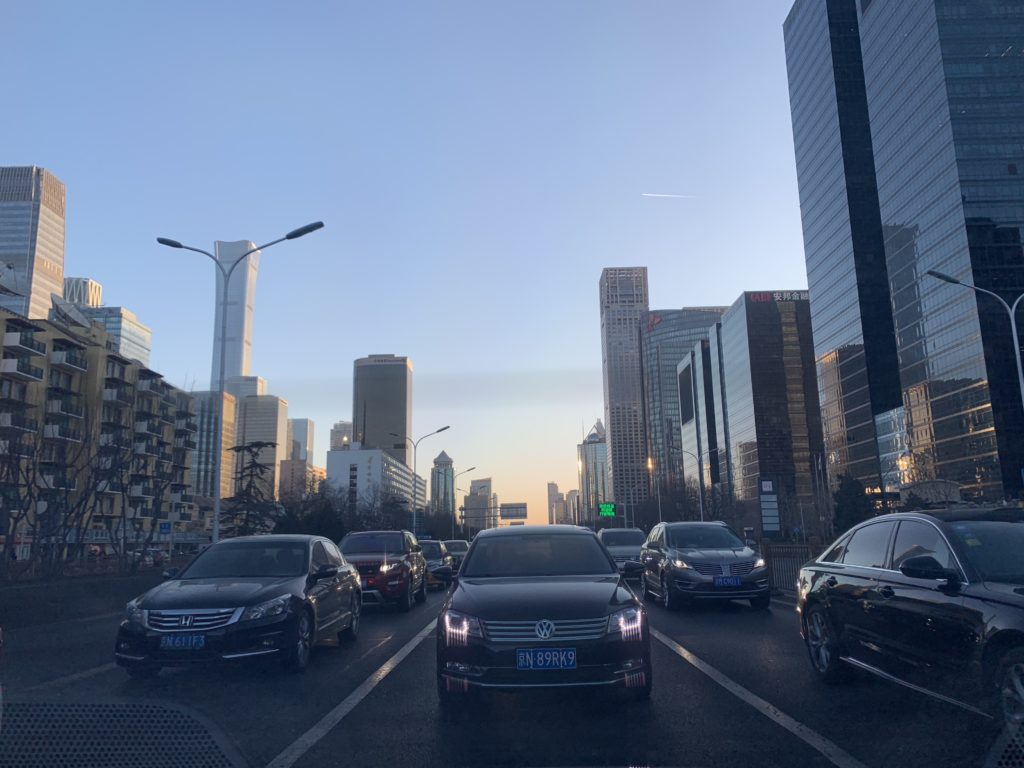
The city has a clean, silver look to it, and political power and history bleeds through its streets, along with traffic. With most counties’ embassies in Beijing, you can see and feel the assemblage of the many cultures in a classy and organized way.
In Beijing, I did something I normally don’t – my friend and I hired a private tour guide to take us around for the day. We mainly did this because our time was limited, and we wanted to make the most of it. But I also wanted to pick the mind of our tour guide as he went through the history of China’s capitol city.
Coming from Shanghai, one of the largest and most international cities in the world, I was pleasantly surprised more people spoke good English than I was used to. Now, I know, I am in their country, and I should be more concerned about speaking their language. But I am currently 2 months into one-on-one mandarin classes and saying “What time is breakfast in the morning” is still a bit out of my reach. I was also told that people in Beijing would have a different accident to what I am used to in Shanghai, and I heard it almost instantly. There are more “r”s, and Shanghai people say they sound like pirates.
First stop on the guided tour was Tiananmen Square. But not before a brief discussion on President Trump with the tour guide in the car. President Trump always seems to come up, especially now with the trade war between America and China. The tour guide said that despite most Chinese people disliking him now, when he was first elected they were quite fond of him—partially because of his policies, but mainly because he was not Hilary Clinton. The guide saw her as “very corrupt.”
Once arriving, I stepped out of the car and nearly froze. It was brutally cold, and I immediately regretted choosing the fashionably ripped jeans which exposed a small bit of my skin to the artic like temperature (it was about 20 degrees F, but I hate the cold). It was difficult to crack a smile in any pictures because my lips felt like they were literally going to crack if I tried.
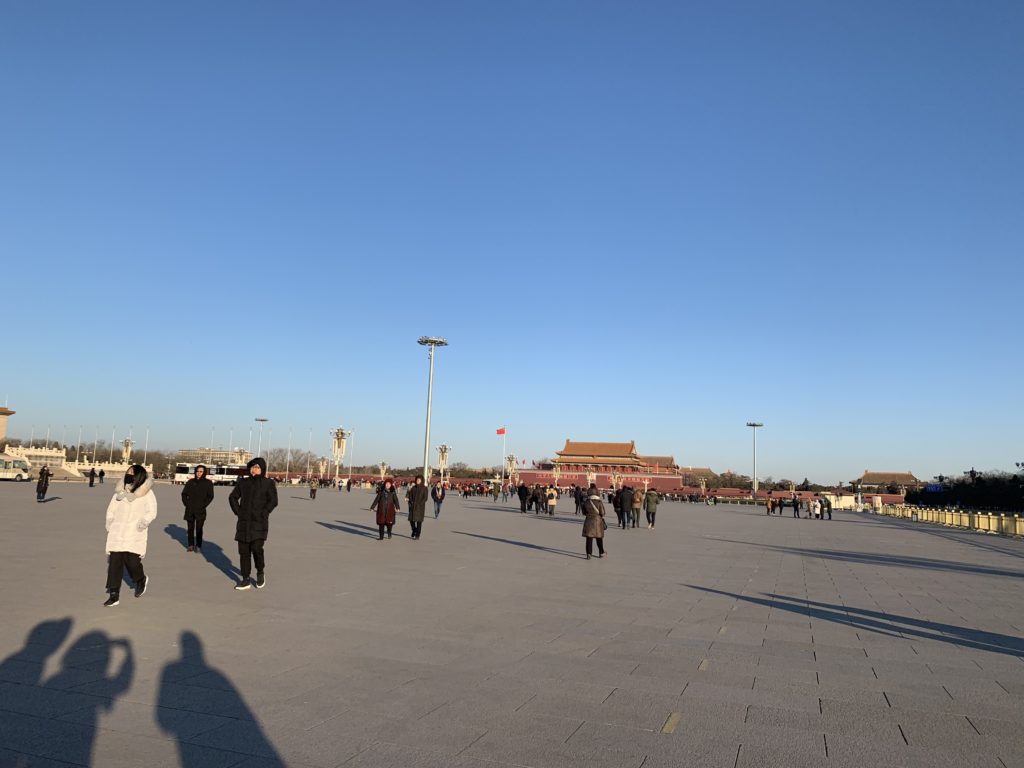
I was pleasantly surprised by the lack of people in Tiananmen Square. The guide said this area is normally full of tourists, but most of the tourists avoid the winter months, and to be honest, I was initially wondering why I didn’t do the same. Tiananmen Square is known for being the city square where Mao Zedong proclaimed the founding of the China in 1949. An image of Chairman Mao is displayed in a very large frame, visible from across the square. Despite the other large monuments and buildings in Tiananmen Square, the picture of Mao is, without a doubt, the most predominant visual from every angle.
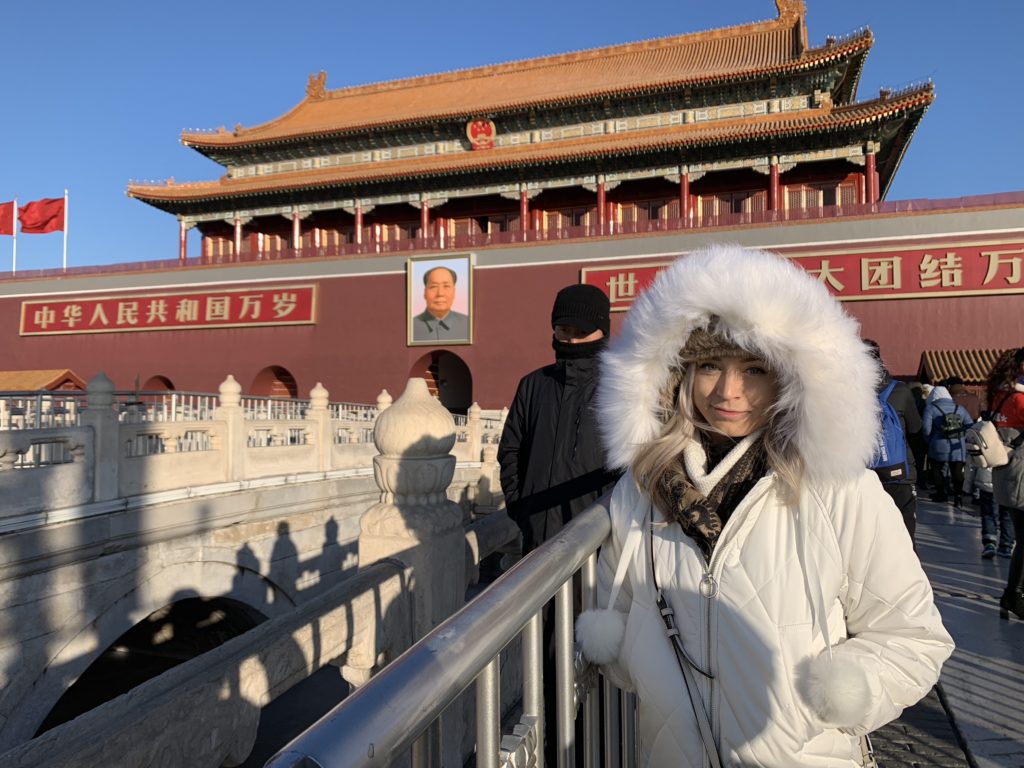
In this blog I will be focusing more on the experiences, the surprises and the stories of locals, rather than the history itself. This is not because I don’t value history, but rather because you can look that up online. Hearing the opinion of a local, or the behaviors of a different culture, via personal experience is more-so what I am looking to share.
While in Tiananmen Square, our guide stopped us to explain his insight on one of the many monumental protests held there. He mentioned the incident from 1989 which, he said is often referred to by the West as the Tiananmen Square Massacre, but this makes it out to be worse than it actually was. So I asked him to elaborate. He then asked us to stop walking, in the freezing cold, so he could explain why the “west” is sorely mistaken by this name and what happened the day the Chinese communist party faced it’s biggest rebellion to date.
He said … two politicians were battling it out to become the next elected official, and because one stood for lowering the price of schooling, he had the backing of nearly every student in China. But when he didn’t win, students were enraged, and they began gathering at Tiananmen Square to protest. What started with dozens, turned into hundreds, and although there was initially no violence, the students were starving themselves. And after a few weeks of this, the military was sent to intervene, and this is where the story seems to take different turns. The guide said that once the military arrived, students became violent, and left the military no choice but to “control the situations and remove the students from Tiananmen Square.” He said that more military men died than students, and that was the biggest factor the “western media” left out.
The death toll for the Tiananmen Square Massacre varies from a couple hundred to more than 10,000. The 30th anniversary is coming up in a couple weeks, and it is brining light to the highly controversial events that happened that day.
I will let you research and decide for yourself what you believe to have happened. Of course, none of us will really know unless we were there. But the passion behind his story told a story of its own – our countries read and believe such different things, and it really becomes our reality, even if it’s not reality.
The walk through Tiananmen Square leads immediately into the Forbidden City—a former Chinese imperial palace. But not just any palace. This palace, built during the Ming Dynasty in the early 1400’s, has more buildings and rooms than I could see in the hour and half of walking through it.
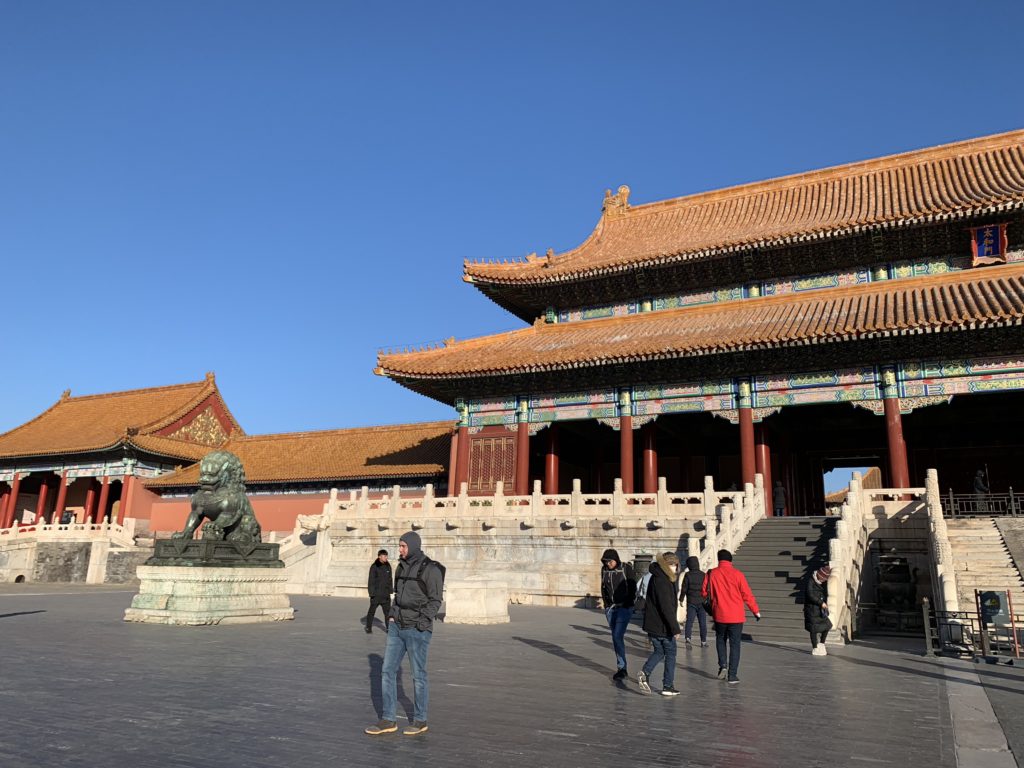
There is building after building of airy rooms separated by large, cobblestone open spaces, with more rooms and walkways on either side. As we walked through, the guide explained that we were getting closer and closer to the emperor’s actual home. From the entrance, to his office, to the meeting room, and even his mother’s room, the large pillars held strong and beautiful even centuries later. Partially because they repainted everything with impressive detail a few years back for the Winter Olympics in Beijing, but beautiful nonetheless.
The entire “city” is made of wood – every pillar, every wall, every roof. So, they kept large bowls full of water outside each building in case there was a fire. As if the amount of water in them could possibly put out a fire burning through an entire city made of wood…
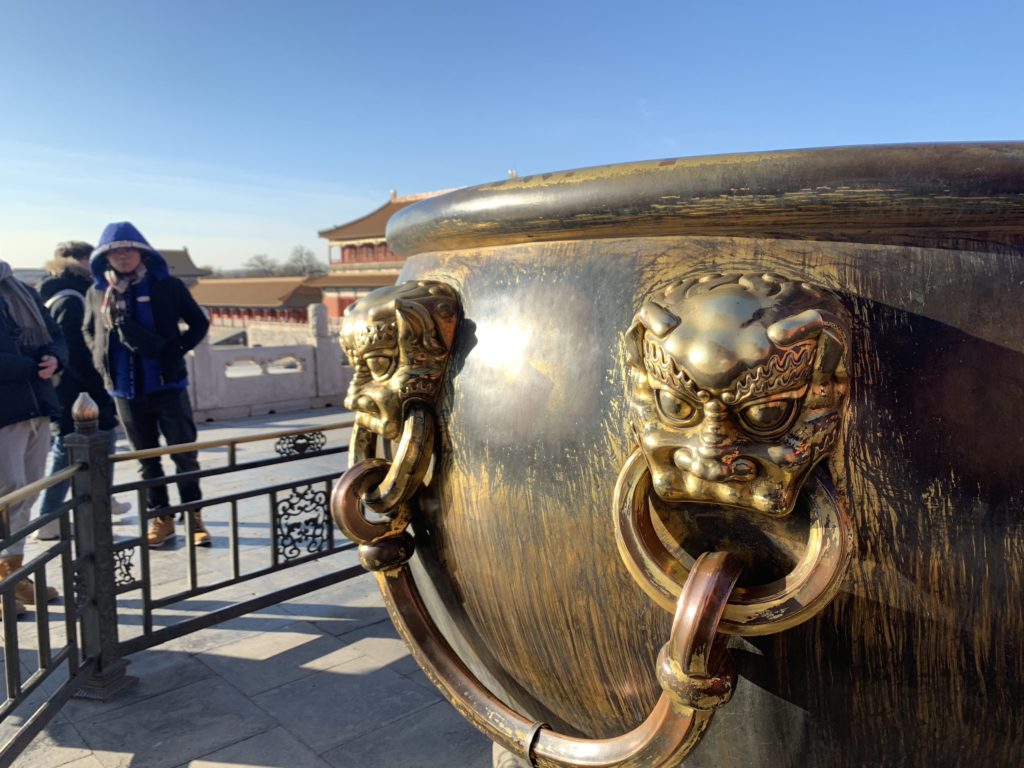
One interesting stop along the way was the emperor’s mother’s quarters. As we stopped to look in, the guide explained that the last emperor’s mother in the Qing dynasty enjoyed fancy things – decorations, bedding, etc. And he said the way the room is now, is close to how it was then. It was exquisite. But as we were walking away he also casually mumbled that the emperor’s mother was quite a grumpy person because of her husband dying, so she killed a lot of people during her years in the palace, as she lived there really not too long ago…

Then it was off to the Great Wall of China!
An hour and a half of driving led us out of the city, through small towns, and finally up into the beautiful mountains. To my disappointment, there was no snow. But apparently it only snows in February in the Beijing area.

The cable car we rode in to the top of the Great Wall was the same cable car that Michelle Obama rode in when she visited in 2014. It was written in large letters across the top of the cable car. Another random Chinese man hopped into the cable car with us, and when asking our guide about Michelle Obama’s visit, the other man chimed in to give his two cents about American politics. Both the guide and the other man spoke highly of Michelle Obama’s visit, and when I asked them which president they preferred, Obama or Trump they both said Obama. I asked why, and the other man said “he had “softer policies,” and we all laughed. How could I possibly respond to that?
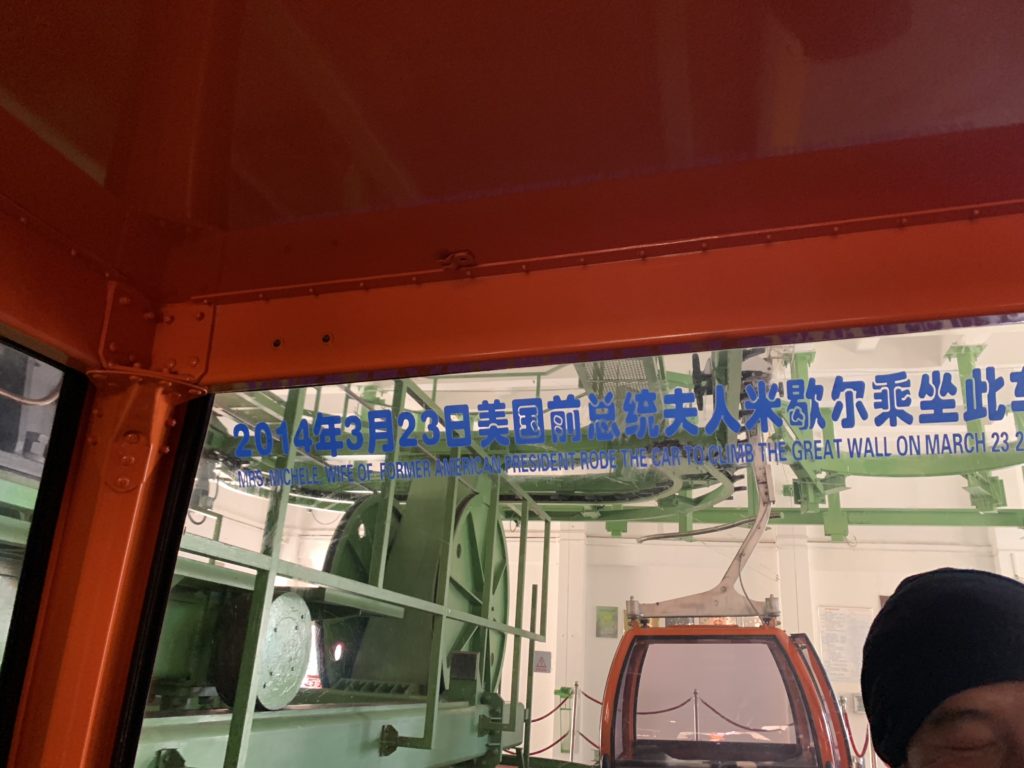
The Great Wall was essentially built to separate the North from the “intruders” in the South. The guide said many years ago they wanted to keep the Northerns out because they were considered uncivilized and they would wreck they’re economy. Although many miles of land stretches North past the Great Wall before becoming technically becoming Mongolia, it doesn’t seem there is much more civilization than there was when the wall was doing what it was built to do. I asked the guide if those living on the other side of the wall are still seen as outsiders and he said no. But then I asked how they can cross the wall and he said, “well they don’t need to cross the wall, but there are a few places if they need to…”

On the way back to the hotel, a couple things came up in conversation that were interesting.
We first started discussing the penalties for crime in China, namely Beijing. The guide said that it is very unlikely for crimes to be committed against westerns because the penalties for robbing/rapping/harming a westerner in any way is considered a very serious crime, and the result is often the death penalty. He said they do this to assure China appears as a safe place for foreigners to travel. And in my travels throughout China and its provinces (Taiwan, Hong Kong, Macau) I would consider it to be the safest place in the world. I have never truly felt unsafe, and much of the time I travel alone.
But then we discussed the punishment for crimes against another Chinese person, and it was very different. The guide said crimes are often dismissed because there is not enough evidence, especially rape cases. He said there was recently a rape case that made headlines because the man in the case was the son of a politician, and the Chinese were seeing that the case was being brushed over because of this. But since the media brought so much attention to it, he thinks this will start happening less. Much like what is still happening in the United States…

Helpful Hints!
Food
– Bottega (Italian restaurant) – I know, not very culturally appropriate. But in case you were like us, after a full couple days of Chinese food, this place really hit the spot. And it was a popping restaurant! Clearly a favorite for other westerns in the area, but there were also a lot of locals. Amazing cocktails. Amazing food.
-Kerry Hotel (for lodging) – beautiful luxury hotel with amazing customer service!
